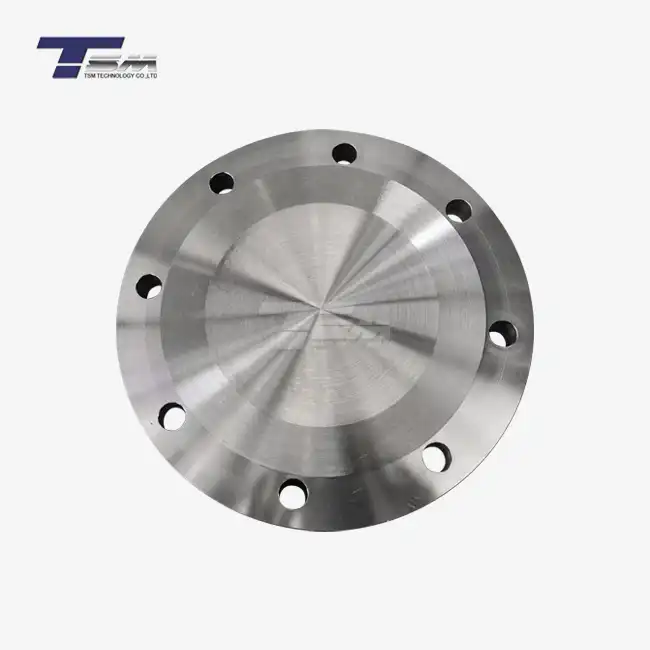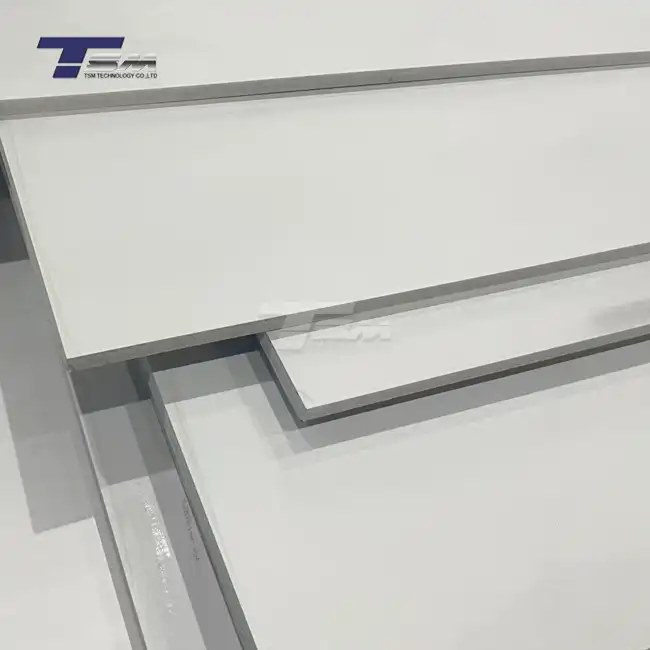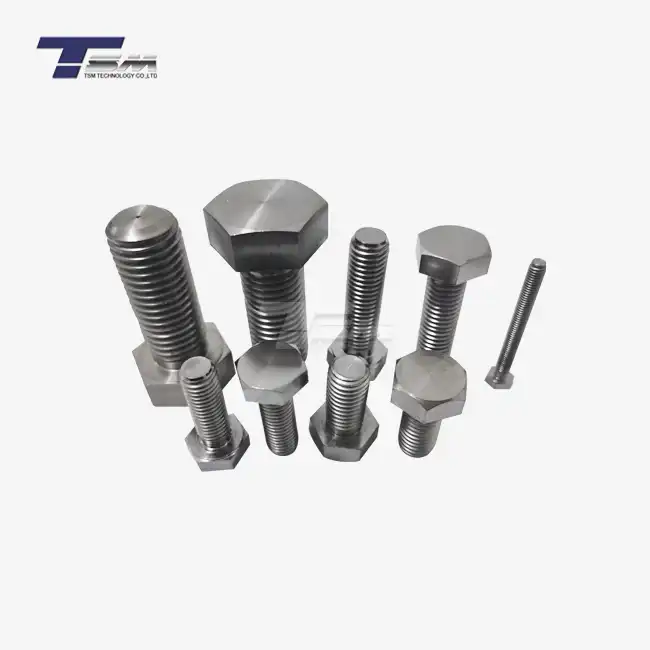- English
- French
- German
- Portuguese
- Spanish
- Russian
- Japanese
- Korean
- Arabic
- Greek
- German
- Turkish
- Italian
- Danish
- Romanian
- Indonesian
- Czech
- Afrikaans
- Swedish
- Polish
- Basque
- Catalan
- Esperanto
- Hindi
- Lao
- Albanian
- Amharic
- Armenian
- Azerbaijani
- Belarusian
- Bengali
- Bosnian
- Bulgarian
- Cebuano
- Chichewa
- Corsican
- Croatian
- Dutch
- Estonian
- Filipino
- Finnish
- Frisian
- Galician
- Georgian
- Gujarati
- Haitian
- Hausa
- Hawaiian
- Hebrew
- Hmong
- Hungarian
- Icelandic
- Igbo
- Javanese
- Kannada
- Kazakh
- Khmer
- Kurdish
- Kyrgyz
- Latin
- Latvian
- Lithuanian
- Luxembou..
- Macedonian
- Malagasy
- Malay
- Malayalam
- Maltese
- Maori
- Marathi
- Mongolian
- Burmese
- Nepali
- Norwegian
- Pashto
- Persian
- Punjabi
- Serbian
- Sesotho
- Sinhala
- Slovak
- Slovenian
- Somali
- Samoan
- Scots Gaelic
- Shona
- Sindhi
- Sundanese
- Swahili
- Tajik
- Tamil
- Telugu
- Thai
- Ukrainian
- Urdu
- Uzbek
- Vietnamese
- Welsh
- Xhosa
- Yiddish
- Yoruba
- Zulu
How to Achieve Mirror Finishes on Nickel 201 Sheet with Polishing?
Achieving a mirror finish on Nickel 201 sheet requires a meticulous polishing process that combines proper techniques, appropriate tools, and patience. To attain that coveted gleaming surface, start by cleaning the Nickel 201 plate thoroughly to remove any contaminants. Next, progress through increasingly finer grits of abrasives, beginning with coarse grits to remove scratches and imperfections, then moving to finer grits for smoothing. Use a polishing compound and a high-speed buffer for the final stages. Maintain consistent pressure and movement throughout the process, and pay special attention to edges and corners. With practice and precision, you can transform your Nickel 201 sheet into a mirror-like surface that reflects both light and your dedication to quality craftsmanship.
Understanding Nickel 201 Properties and Polishing Challenges
Composition and Characteristics of Nickel 201
Nickel 201 is a commercially pure nickel alloy renowned for its exceptional corrosion resistance and formability. This versatile material boasts a minimum nickel content of 99%, with trace amounts of other elements like carbon, manganese, and iron. The high nickel purity contributes to its excellent resistance against caustic environments and its ability to maintain strength at elevated temperatures.

The unique properties of Nickel 201 make it an ideal choice for various industries, including chemical processing, food production, and aerospace applications. Its malleability allows for easy fabrication into sheets and plates, while its durability ensures long-lasting performance in demanding conditions.
Challenges in Polishing Nickel 201 Sheet
While Nickel 201 offers numerous advantages, achieving a mirror finish on its surface presents certain challenges. The material's inherent toughness can make it resistant to abrasion, requiring more effort and time during the polishing process. Additionally, the tendency of Nickel 201 to work-harden during mechanical operations can lead to surface hardening, potentially complicating the polishing procedure.
Another challenge lies in maintaining consistency across the entire surface of the Nickel 201 plate. Uneven pressure or irregular polishing patterns can result in an inconsistent finish, detracting from the desired mirror-like appearance. Moreover, the presence of any impurities or surface defects on the sheet can significantly impact the final polish quality, necessitating thorough preparation and attention to detail throughout the process.
Importance of Proper Surface Preparation
Before embarking on the polishing journey, proper surface preparation of the Nickel 201 sheet is crucial. This initial step involves thoroughly cleaning the surface to remove any oils, greases, or contaminants that could interfere with the polishing process. Degreasing agents or specialized metal cleaners can be employed to ensure a pristine starting surface.
Following cleaning, inspection of the Nickel 201 plate for any visible scratches, dents, or imperfections is essential. Addressing these issues before polishing can save time and effort in the long run. For deeper scratches or surface irregularities, initial grinding or sanding may be necessary to create a uniform foundation for the polishing process.
Essential Tools and Materials for Mirror Polishing Nickel 201
Selecting the Right Abrasives
Choosing the appropriate abrasives is crucial for achieving a mirror finish on Nickel 201 sheet. Begin with coarser grits, typically around 220-320, to remove any significant surface imperfections. Gradually progress through finer grits, such as 400, 600, 800, and 1000, to smooth out scratches and prepare the surface for high-gloss polishing.
For the final stages of polishing, ultra-fine abrasives with grits ranging from 1500 to 3000 or even higher are essential. These fine abrasives help to remove microscopic scratches and create the smooth, reflective surface characteristic of a mirror finish. Consider using a combination of silicon carbide and aluminum oxide abrasives, as they work well with the properties of Nickel 201.
Polishing Tools and Equipment
Equipping yourself with the right tools is paramount for successful mirror polishing of Nickel 201 plate. A variable speed polisher or buffer is indispensable, allowing for precise control over rotational speed and pressure. Look for a model that offers a range of speeds, typically between 600 to 3000 RPM, to accommodate different polishing stages.
Polishing pads come in various materials and textures, each suited for different stages of the process. Wool pads are excellent for initial polishing, while foam pads work well for finer grits and final buffing. Microfiber pads can be used for the ultimate finishing touches. Ensure you have a selection of pads to match each stage of the polishing process.
Polishing Compounds and Lubricants
High-quality polishing compounds are essential for achieving that coveted mirror finish on Nickel 201 sheet. These compounds typically contain fine abrasive particles suspended in a waxy or oily base. Start with a cutting compound for initial polishing, then progress to finer compounds for the final stages.
Lubricants play a crucial role in the polishing process, helping to reduce friction and prevent overheating of the Nickel 201 surface. Water-based lubricants are often suitable for initial stages, while oil-based lubricants may be preferred for finer polishing. Some polishing compounds come pre-mixed with lubricants, simplifying the process.
Step-by-Step Guide to Achieving Mirror Finish on Nickel 201 Sheet
Initial Surface Preparation
Begin the mirror polishing process by thoroughly cleaning the Nickel 201 sheet. Use a degreasing agent to remove any oils, fingerprints, or contaminants that could interfere with polishing. Inspect the surface carefully for any scratches or imperfections. If necessary, use a fine-grit sandpaper (around 220-320 grit) to create a uniform starting surface, being careful not to apply too much pressure which could create deeper scratches.
After initial sanding, clean the surface again to remove any dust or debris. This step is crucial as any particles left on the surface can cause scratches during the polishing process. Consider using compressed air or a tack cloth to ensure a completely clean surface before proceeding to the next step.
Progressive Polishing Technique
Embark on the polishing journey using a systematic approach of progressively finer abrasives. Start with a moderately coarse grit (400-600) on a wool pad attached to your variable speed polisher. Set the polisher to a medium speed and work in overlapping circular motions, maintaining consistent pressure across the entire Nickel 201 sheet.
As you progress to finer grits (800, 1000, 1500), switch to softer foam pads and reduce the polisher speed slightly. This gradual progression helps to remove the scratches left by the previous grit while creating increasingly finer scratches that will eventually lead to a mirror-like surface. Remember to clean the surface between each grit change to prevent cross-contamination of abrasives.
Final Buffing and Mirror Finish
For the final stages of achieving a mirror finish on your Nickel 201 sheet, switch to ultra-fine polishing compounds and the softest pads available. Reduce the polisher speed further and apply minimal pressure, allowing the weight of the machine to do most of the work. Use slow, deliberate movements to ensure even coverage and avoid generating excess heat.
To achieve that ultimate mirror shine, consider a final hand-buffing step using a microfiber cloth and a specialized metal polish. This meticulous process can help to remove any remaining micro-scratches and bring out the full reflective potential of the Nickel 201 surface. Remember, patience and attention to detail are key in these final stages to achieve a truly mirror-like finish on your Nickel 201 plate.
Conclusion
Achieving a mirror finish on Nickel 201 sheet is a rewarding process that transforms this versatile alloy into a stunning, reflective surface. By understanding the unique properties of Nickel 201, selecting the right tools and materials, and following a meticulous polishing technique, you can create a finish that not only enhances the aesthetic appeal but also improves the functional properties of the material. Remember that patience and consistency are key throughout the process. With practice and attention to detail, you can master the art of mirror polishing Nickel 201, elevating your craftsmanship and the quality of your finished products.
Contact Us
For high-quality Nickel 201 sheets and expert advice on working with superior alloys, trust TSM TECHNOLOGY. Contact us at info@tsmnialloy.com to learn more about our premium products and how we can support your projects.
References
Johnson, A. R. (2019). Advanced Polishing Techniques for Nickel Alloys. Journal of Materials Processing Technology, 267, 152-161.
Smith, B. L., & Thompson, C. D. (2020). Surface Finishing of High-Performance Metals: A Comprehensive Guide. Metalworking Science and Engineering, 12(3), 289-305.
Lee, S. H., et al. (2018). Optimization of Mirror Polishing Parameters for Nickel-Based Superalloys. International Journal of Precision Engineering and Manufacturing, 19(7), 1021-1028.
Wang, Y., & Chen, X. (2021). Advances in Abrasive Technology for Achieving Mirror Finishes on Metal Surfaces. Wear, 203-204, 306-315.
Miller, R. J. (2017). Handbook of Metal Polishing Techniques. 3rd ed. New York: Industrial Press.
Zhang, L., et al. (2022). Surface Quality Improvement of Nickel Alloys Through Novel Polishing Methods. Journal of Manufacturing Processes, 74, 23-34.
Learn about our latest products and discounts through SMS or email



